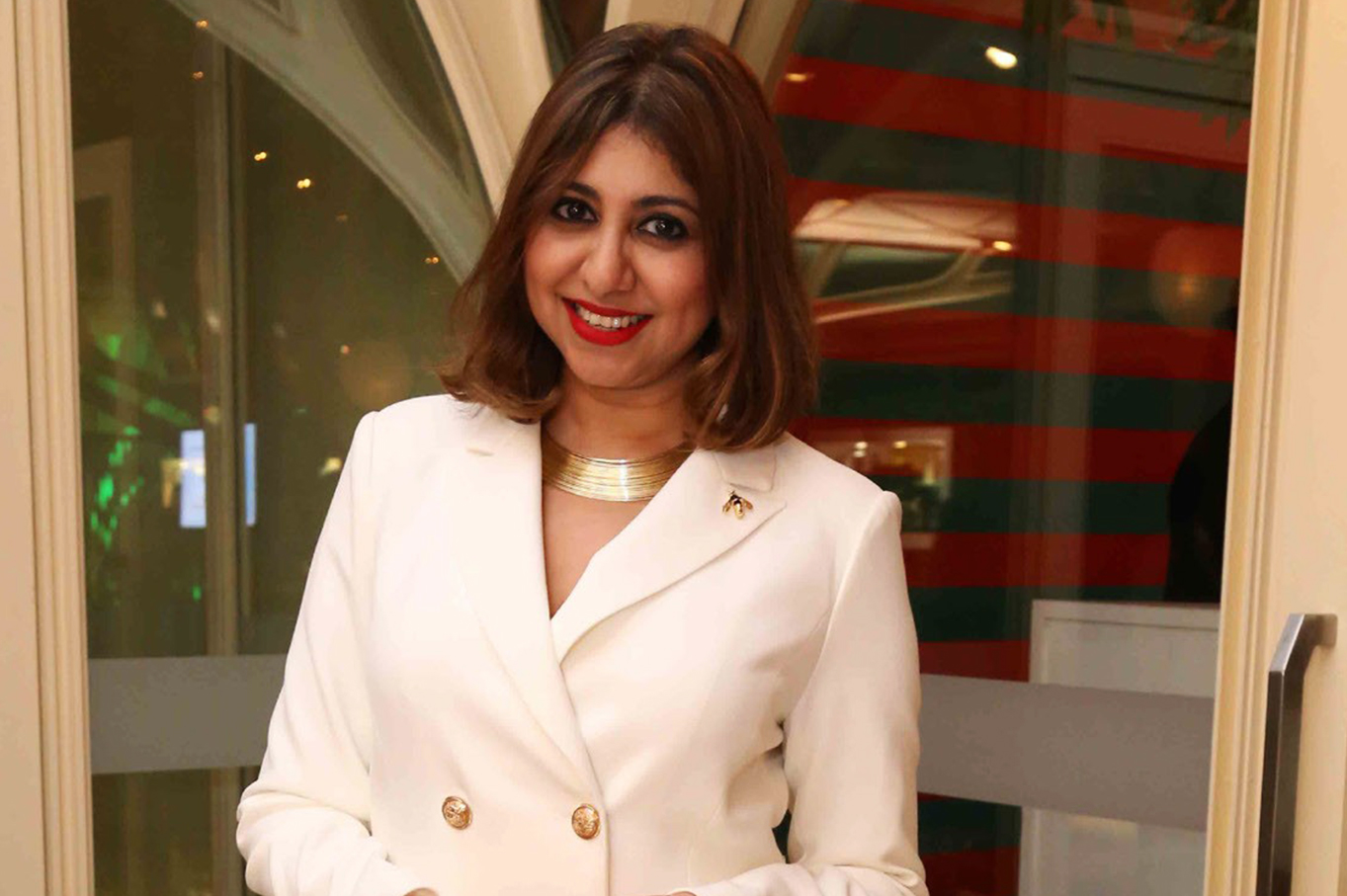Sophia Sinha, Senior Marketing Manager, Moët Hennessy India
It has been an exciting two years for Sophia Sinha, Senior Marketing Manager, Moët Hennessy India. Having been with the sparkling wine brand Chandon from the beginning of its journey, she says she is “very excited to see the demand grow with each passing year — and grow in double digits”. Sinha says Chandon has broken all myths about sparkling wines produced in India and helped the category grow. “New players coming in always benefit the segment and it is exciting to watch other brands doing more within the bubbles market,” she says.
Chandon sold 18,000 cases of bubbly in 2016, which gives Sinha a reason to be “very bullish about our products”. She is quick to add, though, that “we still have a long way to go and many more consumers to recruit into the Chandon culture”. Chandon Brut and Rosé — the variants of the bubbly in the market are available across 19 key cities in India and also in Sri Lanka, Nepal and very soon in Bhutan. Apart from the two, Chandon has just launched its innovation, Chandon Délice, in Mumbai, and it will be available in four other markets in the country by the end of the year. Mumbai, Delhi and Bangalore, according to Sinha, are the three key cities driving consumption, with Kolkata, Pune, Gurgaon and Goa showing excellent potential.
Describing the three variants, Sinha says: “The Chandon Brut, which is our HERO, is the bold and elegant expression of the bubbly, which is perfect to have on any occasion. Whenever and wherever a bottle of Chandon Brut is opened, the party starts.
“The Chandon Rosé is the PRECIOUS. It is the sophisticated and delicate expression of Chandon that is perfect for any special occasion. Open a bottle of Chandon Rosé with someone dear to start the romance.
“And finally, our new baby, Chandon Délice, is the VERSATILE. It is the fresh and relaxed expression of Chandon. Have it chilled, with ice, or add a slice of orange – have it any way you like; you don’t need an occasion to come live the Délice-ious life!” Sinha says the company is particularly excited about the Délice launch.
“We look forward to seeing how Indian consumers react to this versatile product made with locally sourced Chenin Blanc and Chardonnay grapes,” says Sinha. “Délice is an irreverent expression that we believe is set to change the manner in which India enjoys its sparkling and still wines.” This Chandon variant, Sinha informs us, is “a major focus area to drive recruitment”. She adds: “We believe in innovation and may come up with something special in the future yet again, but as of now we want to focus only on these three expressions of Chandon India.”
Sinha says it is unfortunate that consumers in the past didn’t perceive Indian sparkling wine to be world class, but over the past three years since the Chandon launch, “I have seen the market grow and more consumers become open to drinking bubbly – especially now that it is of high quality and affordable”. The ‘Chandon Culture’ and the brand platform, ‘The Party Starter’, are helping the brand break the stereotype of a sparkling wine being consumed only at “celebrations”. As she puts it, “At Chandon we believe every day and each moment is a party when you get together with friends and open one of our bottles. We are The Party Starter!”
On the growing competition in the domestic sparkling wine category, Sinha takes a broad-minded view. “I think there is a place in the market for every brand to present its expressions and work towards building a conducive ecosystem,” Sinha says. “The entry and
“The entry and growth of different brands of sparkling wines only helps grow the pie and that for us, is a good thing. And if one player can innovate and help stereotypes, benefits all o is an exciting be in this ma growth of different bran wines only helps grow t for us, is a good thing. player can innovate and stereotypes, then it benefits all others. It is an exciting time to this market.”
Sinha emphasises th is “a vibrant, young b targets consumers b those who are wine l want to bring more pe world of Chandon,” she consumers are very w and now thanks to soc travelling, they can choo they associate with and Like I said before, we b the pie of the sparkling by escpanding the brand Chandon in India.”
Unlike the others interviewed in this series, Sinha believes that quality — consistent quality — and not pricing is the most important factor determining consumer purchase decisions. “All our three variants are created with utmost precision and extreme care by our wine makers who bring years of experience to the table,” says Sinha, adding that consistent quality must be complemented by a constant brand connect driven by programmes created to cater to different moments of consumption.
Sinha bubbles over with optimism for the sparkling wine category. In the past three years, Chandon India has won many accolades in international platforms, such as the Champagne and Sparkling Wine World Championships 2016, where it won a bronze for both the Brut and Rosé. At Decanter H with 83 points each.
“At the end of the day,” consistency in quality. And t wine makers who create ma my consumers. It is always a
The changing market c Indian consumers, especially connected and well-travelled. experiences and to brands t or the expected. “Chandon considered to be a part of a say we are slowly but surely the product you create, the c marketing you do, which we culture.”
Dwelling deeper into the Chandon India, Sinha zeroes successes:
- The sleeved bottle in 2016), which broke t wine industry in India.
- The Party Starter ant an innovative way to u consumers. Bringing about creating a dig did extremely succes
- The Chandon Délice into a Treasure Hunt digital influencers, f that showcased sev creating food inspired But breaking traditional,marketing wines must alwa and must engage consumers result in generating the desir
The three principles ce marketing effort, according to
- Relevance: Does this Why do you need it?
- Requirement: What achieve? How will it ROI?
- Consistency: Is this organisation’s quality it meet expectatio internal? How do we mensure consistency?


